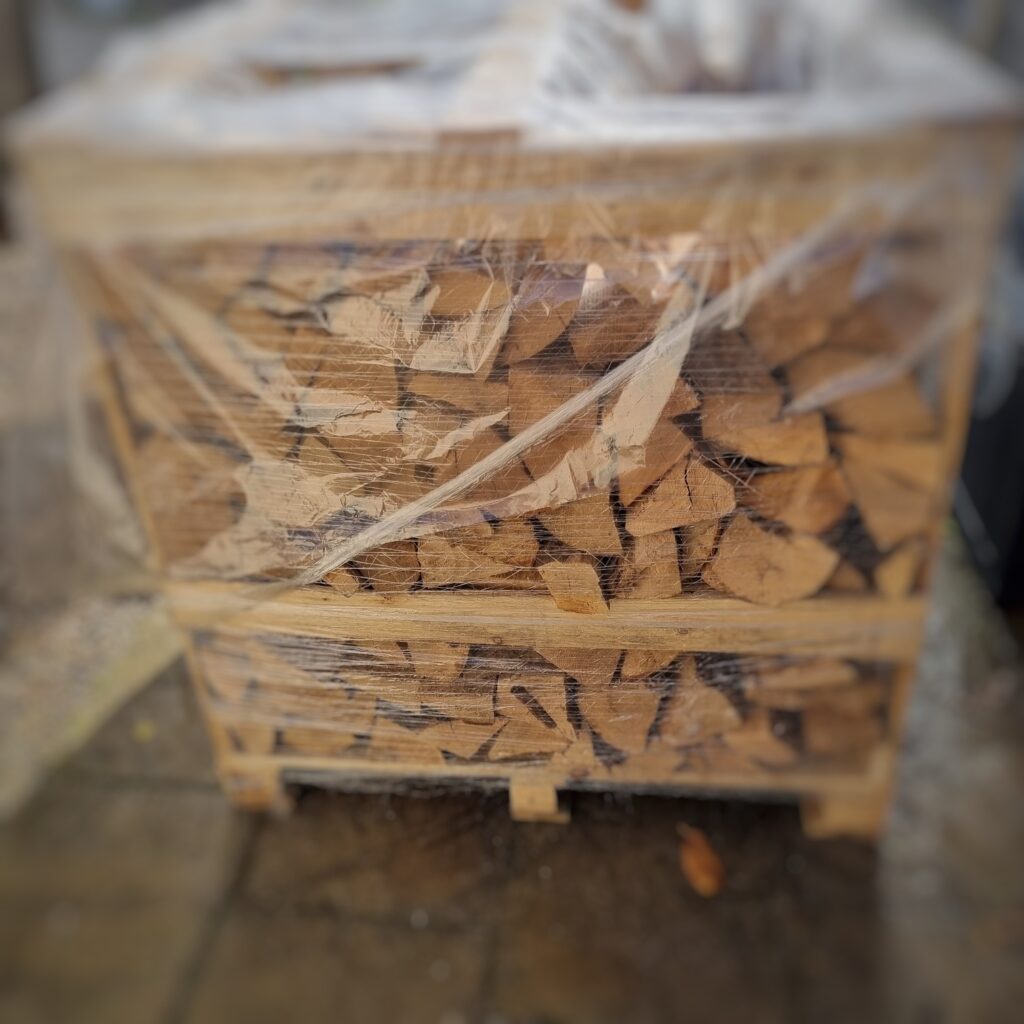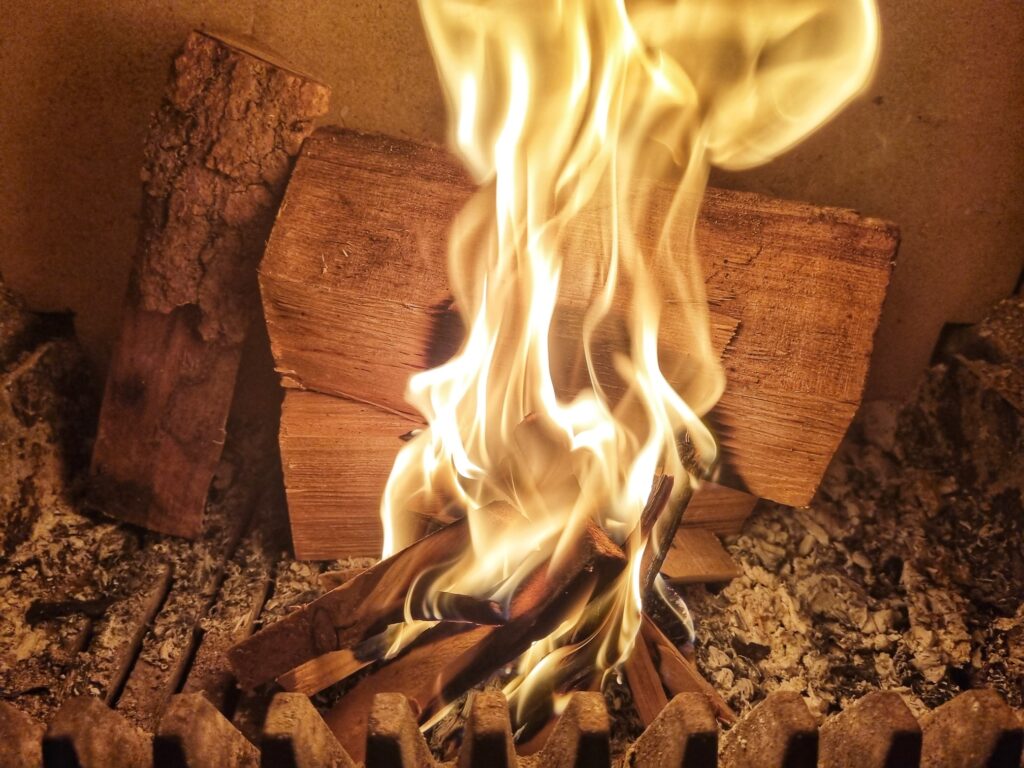As winter approaches, many of us are looking for ways to keep our homes warm and cosy while also being mindful of our electricity bills. One fantastic solution to achieve both these goals is using a log burner or wood-burning stove. These rustic heating appliances not only provide a charming ambiance but can also help you save on electricity costs. In this blog article, I will explore what you need to keep your log burner going over the winter and, in turn, reduce your reliance on electric heating.
Quality Firewood
The first step in maintaining a reliable log burner throughout the winter is to ensure you have a steady supply of quality firewood. Here’s what you should consider:
a. Seasoned Wood: Use well-seasoned hardwood, such as oak, maple, or hickory, which has been dried for at least six months. Seasoned wood burns hotter and produces less creosote, which can clog your chimney.
b. Proper Storage: Store your firewood in a dry, well-ventilated area, away from your home to prevent pests and moisture damage.
c. Adequate Supply: Stock up on wood to ensure you don’t run out during the cold months.
White Horse Energy firewood is renowned for its exceptional quality and reliability. Sourced from sustainably managed forests, their firewood is carefully selected, seasoned, and prepared to provide optimal heat output and minimal emissions. Whether you’re using it for heating your home or enjoying a cosy outdoor fire, White Horse Energy firewood offers consistent performance and clean-burning characteristics. It’s the perfect choice for those who value both warmth and environmental sustainability, ensuring that your fires are not only inviting but also eco-friendly. With White Horse Energy firewood, you can experience the warmth and ambiance of a crackling fire with the peace of mind that comes from using responsibly sourced and expertly prepared wood.
Efficient Burning Techniques
To maximise the efficiency of your log burner and save on electricity, follow these burning techniques:
a. Build Fires Properly: Use the “top-down” method, placing larger logs at the bottom and kindling at the top. This encourages better combustion and a longer burn time.
b. Maintain a Clean Stove: Regularly clean your log burner to remove ash build-up, which can hinder airflow and reduce heat output.
c. Use Dampers: Adjust the air intake and dampers according to your stove’s instructions to control the burn rate and heat output.
d. Burn Wise: Avoid burning treated or painted wood, as it can release harmful fumes. Stick to natural, dry firewood.
Insulation and Sealing
To prevent heat loss and reduce your reliance on electric heating, focus on insulation and sealing in your home:
a. Seal Gaps: Inspect windows, doors, and other openings for drafts. Use weatherstripping and sealants to plug any gaps.
b. Upgrade Insulation: Consider upgrading attic and wall insulation to keep the warm air generated by your log burner inside.
c. Use Curtains and Rugs: Thick curtains and rugs can help trap heat and reduce the need for electric heating.
Efficient Heating Zones
Use your log burner strategically to heat specific zones in your home:
a. Central Location: Place the log burner in a central location where heat can radiate throughout the house.
b. Use Fans: Ceiling fans can help distribute warm air more evenly.
c. Zone Heating: Heat the rooms you use the most with your log burner and lower the thermostat for the rest of the house.
Safety and Maintenance
Finally, remember to prioritise safety and maintenance for both your log burner and home:
a. Install Carbon Monoxide Detectors: Wood burners can produce carbon monoxide, so ensure you have detectors in your home.
b. Professional Inspections: Schedule annual inspections and chimney cleanings to keep your log burner operating safely.
Final Thoughts
A log burner can be a wonderful addition to your home, providing warmth and comfort while reducing your reliance on electric heating. To keep your log burner going over the winter and save on electricity, invest in quality firewood, use efficient burning techniques, insulate your home, and practice safe maintenance. With these tips, you can enjoy a cosy, cost-effective winter season while decreasing your environmental footprint.





